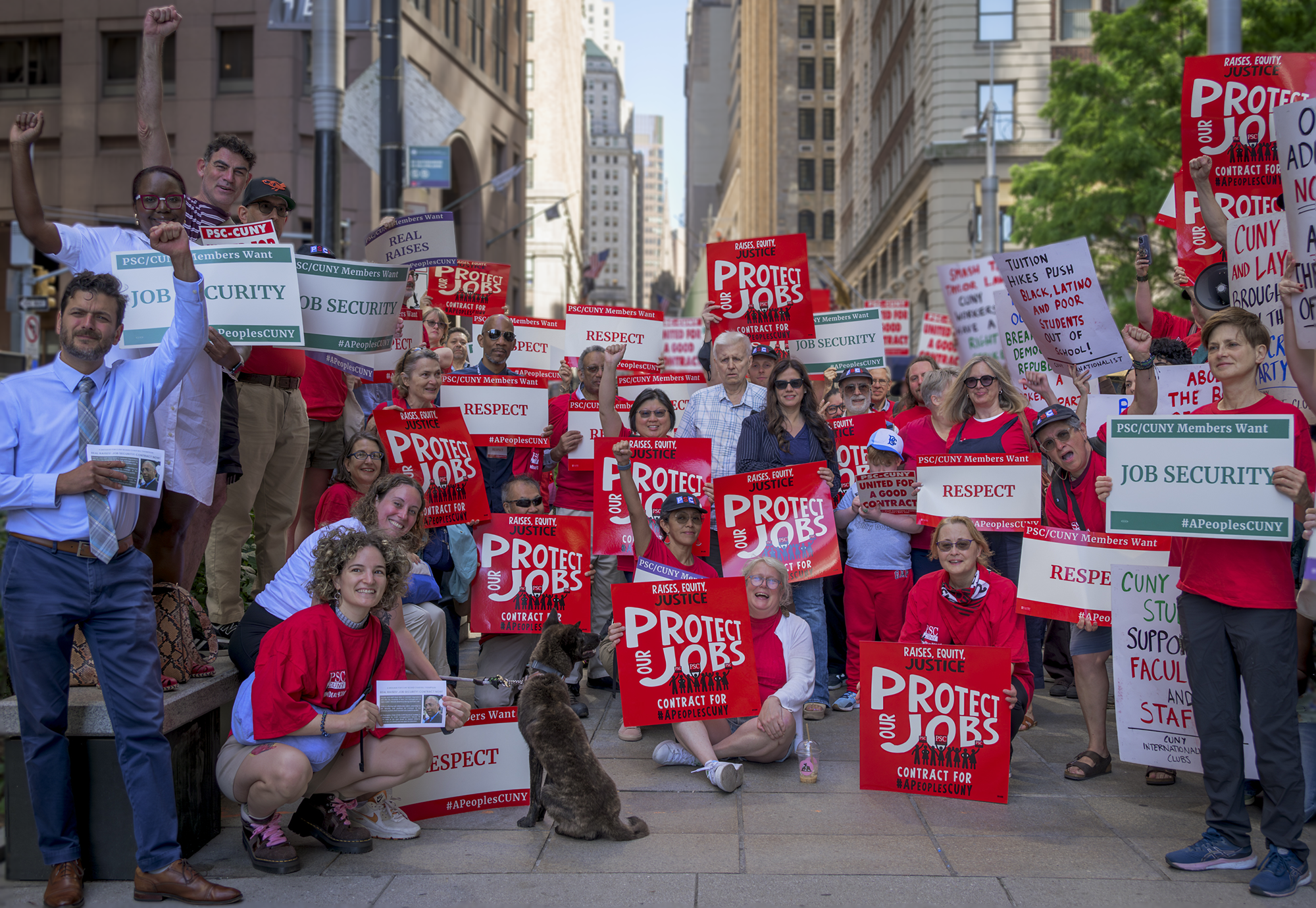A report from Comptroller John Liu on City pension costs drew ire from Mayor Michael Bloomberg in an August interview. But Bloomberg’s criticism was short on specifics, and the comptroller challenged him to back it up.
Liu’s report concludes that pension costs will make up a declining part of City spending starting in five years’ time. “City pension costs will peak in 2016 before they begin a gradual, steady decline,” the comptroller’s office said.
STOCK MARKET
“Poor market performance over the past decade means we still have a few tough years ahead as those investment losses catch up to us,” Liu told reporters. “However, significant reforms already implemented in recent years will drive down costs for decades to come.”
The report was at odds with the picture painted by Mayor Bloomberg, who has argued that public worker pensions will bankrupt New York City unless there are major cuts in future benefits. When the Daily News editorial board asked the mayor about the disagreement, Bloomberg said the comptroller “doesn’t know what he’s talking about,” and should go back and “do a real analysis.”
“The research and the facts may be inconvenient to the administration – but they are what they are,” responded Deputy Comptroller Alan van Capelle. Liu’s professional background includes 14 years as a pension actuary.
The comptroller’s report, titled “Sustainable or Not? NYC Pension Cost Projections Through 2060,” cautions that it is not intended as an exact prediction or a crystal ball on the stock market’s future – especially not over a five-decade period. “The next half century will most likely contain boom times and asset bubbles, recessions and market panics, just as past decades have,” it says. “The actual course of economic and fiscal events will undoubtedly diverge from the smooth, straight-line projections presented here.” The report aims, it says, to give “a baseline projection” for how pension costs can be expected to affect the City budget, based on current pension rules, historic economic trends and analysis by independent actuaries.
The comptroller’s report projects that:
*over the next five years, pension costs will rise from 11.1% to 11.4% of the City budget;
*after 2016, pension costs will decline over the next three decades to between 5% and 6% of the City budget;
*a projected decrease will mainly be due to long-term effects from pension plan changes already adopted in recent years.
The analysis was carried out as part of Retirement Security NYC, a joint effort of Liu’s office, the National Institute on Retirement Security (NIRS) and the New School’s Schwartz Center for Economic Policy Analysis (SCEPA). “Inflammatory rhetoric cannot serve as a substitute for the real facts,” said Liu in announcing the partnership, which has issued three reports since it was established last March. (more information here).
Both the Mayor and Governor Andrew Cuomo have used current budget deficits to sound the alarm over public worker pension costs, which they say are unsustainable. Cuomo has put forward his own plan for slashing State pensions for new employees, which the Legislature is expected to consider this fall. (See Clarion, Summer 2011.) In 2009, the PSC fought against a proposed “Tier 5,” then-Governor Paterson’s plan to cut future pension benefits, and won. PSC-CUNY instructional staff were not included when the measure passed. The union has noted that Cuomo’s proposed cutbacks would harm CUNY’s recruitment efforts, while providing virtually no help with current budget deficits.
FAULTY ASSUMPTIONS
Bloomberg has emphasized the recent growth in the City’s annual pension costs, with its required annual contribution rising from $1.5 billion to about $7 billion during the past decade. But an analysis issued by Liu in April concluded that this growth in costs was mainly due to the decline in stock market performance, particularly in the crash of 2008. “The data challenges widespread notions that overly generous benefits played the leading role in the escalation of City contributions,” said Deputy Comptroller Simcha Felder. “Lower-than-expected investment returns accounted for 48% of the cost increase.”
The comptroller’s latest report projects that the lower returns of recent years will gradually be made up as the market goes through periods of better performance. For example, the comptroller’s office announced in July that in the previous fiscal year, New York City’s five main pension funds achieved a 20% rate of return – their best in 13 years. Since then the market has headed in the other direction, but Liu says that this is exactly the point: pension policy decisions need to be made based on a long-term view, not an overreaction to short-term changes.
Liu has praised Bloomberg’s performance in some areas, such as the City’s response to Hurricane Irene. But on their disagreements over pension costs, he urged the mayor to focus more on the data. “We don’t see any reports from the mayor’s office,” said the comptroller. “We see a lot of talk and one-liners, but where are the reports backing up those statements?”

